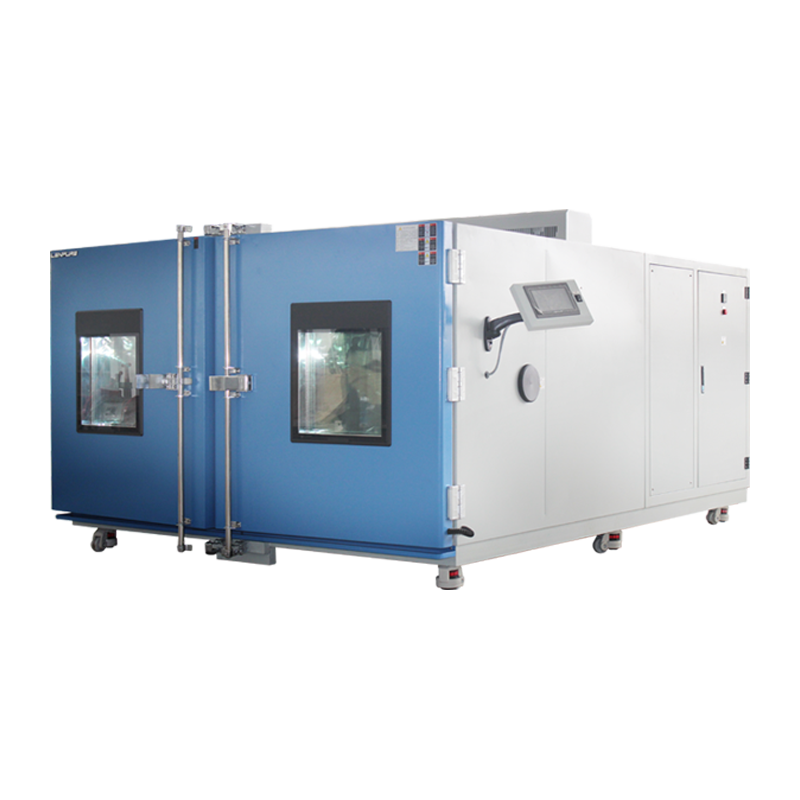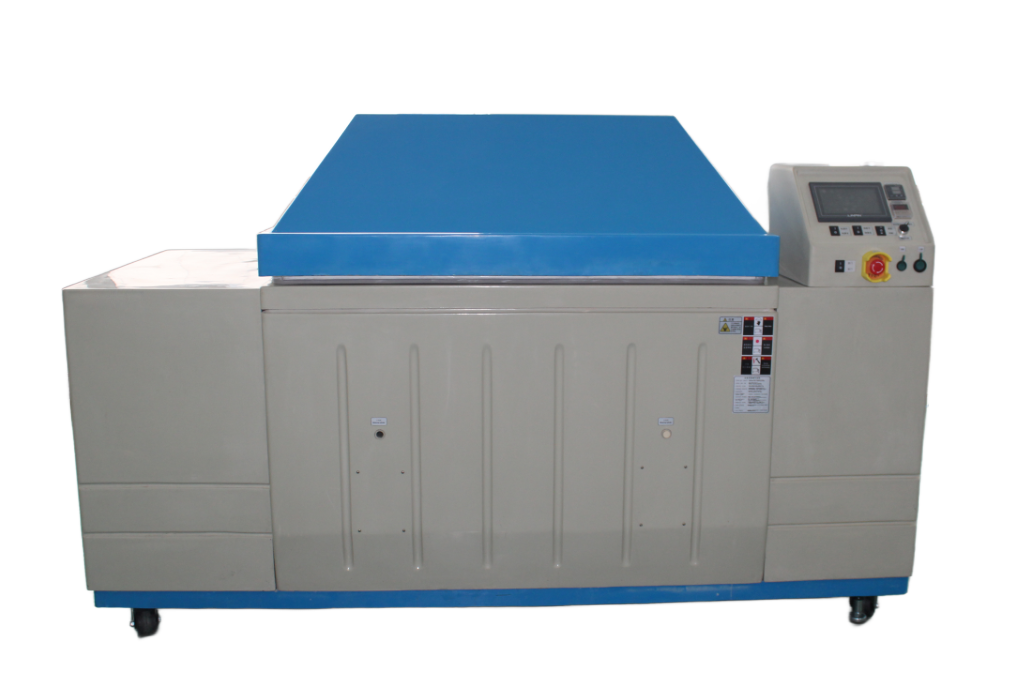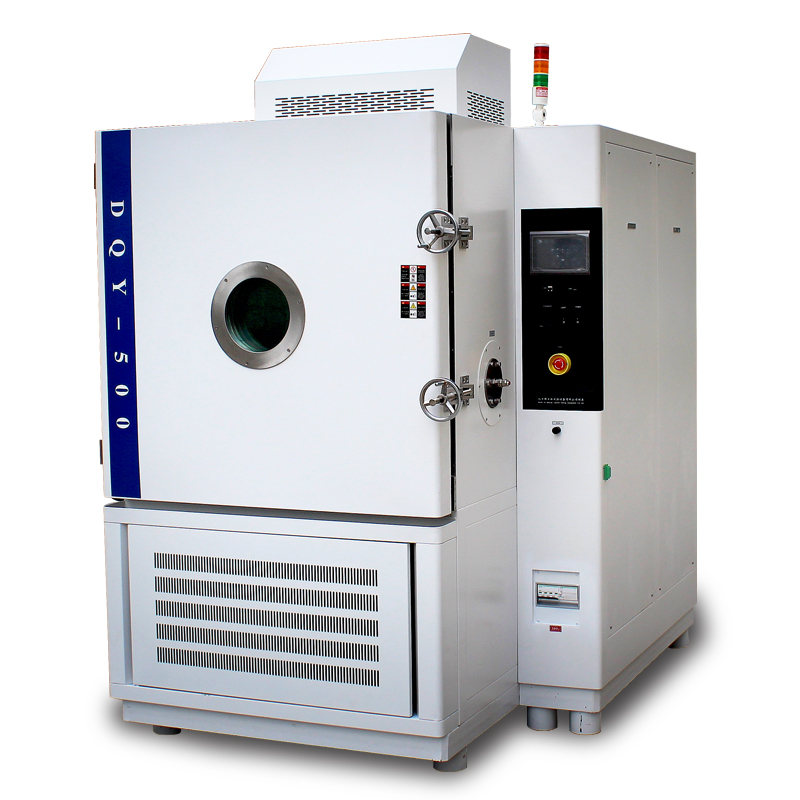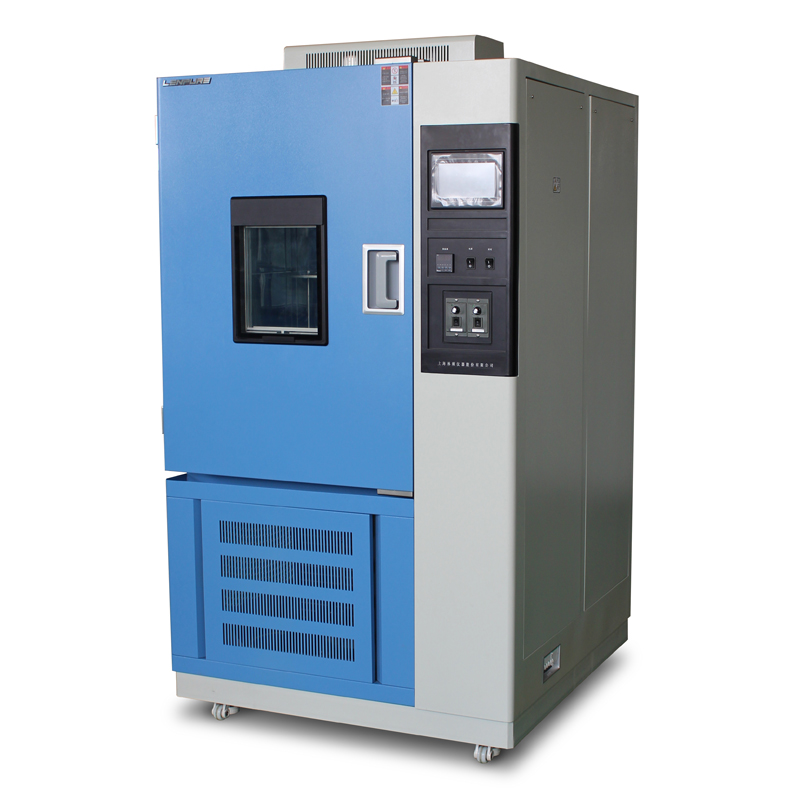Maintenance and Cleaning Procedures for Scale Removal in Hast Test Chambers
Author:LINPIN Update Time:2025-09-13 Source:LINPINScale accumulation within Hast test chambers presents a significant operational challenge, impacting thermal conductivity, sensor accuracy, and overall system integrity. Effective removal of such deposits requires a systematic approach grounded in an understanding of the scaling mechanism, the chamber's construction materials, and appropriate chemical and mechanical cleaning methodologies. This document outlines the standardized protocols for addressing this maintenance issue.
Scale formation primarily results from the precipitation of dissolved minerals present in the water used within the chamber's humidity and temperature systems. As water evaporates and condenses repeatedly during thermal cycling, calcium, magnesium, and other ions concentrate and form hard, adherent deposits on heating elements, water reservoirs, internal walls, and sensors. The specific chemical composition of the scale—typically carbonates and sulfates—dictates the choice of cleaning agent. Furthermore, the construction materials of the chamber interior, often stainless steel, must be compatible with any cleaning solutions to prevent corrosive damage.

A critical preliminary step involves a comprehensive safety shutdown procedure. The chamber must be powered down completely and disconnected from all electrical sources. All water lines should be drained, and the internal environment must be allowed to return to ambient temperature. Personnel conducting the cleaning must wear appropriate personal protective equipment (PPE), including chemical-resistant gloves, safety goggles, and protective clothing, to mitigate exposure risks during the procedure.
The initial phase of cleaning focuses on mechanical removal of loose or bulky scale deposits. Non-abrasive tools, such as plastic or nylon scrapers and brushes, are recommended to prevent scratching or damaging the stainless steel surfaces. For areas with significant buildup, careful use of a vacuum cleaner with a soft brush attachment can remove dislodged particles and prevent them from redistributing within the chamber. This step reduces the load on subsequent chemical cleaning processes.
Chemical cleaning constitutes the core method for dissolving tenacious scale. The selection of a descaling agent is paramount. Mild acidic solutions, such as diluted citric acid or acetic acid (vinegar), are often effective against carbonate scales and are less aggressive toward stainless steel. For more resistant deposits, a solution of diluted phosphoric acid may be employed, but its concentration and contact time must be strictly controlled according to the manufacturer's guidelines to avoid material degradation. Commercial descaling products formulated specifically for laboratory and industrial equipment are highly recommended, as they often include corrosion inhibitors that protect metal surfaces while actively dissolving mineral deposits.
The application method is equally important. The prepared cleaning solution should be applied using a soft cloth or a spray bottle, ensuring even coverage on affected surfaces. For heavily scaled components, such as heating elements or water baths, immersion in a descaling solution bath may be the most effective approach. The solution should be allowed to dwell for the duration specified by the chemical manufacturer, typically between 15 to 30 minutes, to permit the acids to chelate the mineral ions and break down the deposit structure. Agitation with a soft brush during this dwell period can enhance the cleaning efficacy.

Following the chemical treatment, a thorough rinsing process is essential to eliminate all residual acid and dissolved salts. Wiping all treated surfaces multiple times with cloths soaked in deionized or distilled water is the preferred method. The use of deionized water is crucial to prevent the immediate redeposition of minerals found in tap water. For immersed components, a rinse in a separate bath of deionized water is necessary. A final wipe-down with a clean, dry, lint-free cloth will prepare the surfaces for reassembly.
In addition to the primary chamber, the entire water circulation system requires attention. Water lines, nozzles, and the reservoir tank must be flushed with the descaling solution, followed by a comprehensive rinse with deionized water. This prevents old scale fragments from contaminating the newly cleaned system upon restart. The water reservoir should be cleaned meticulously, as it is a primary source of scale.
After reassembly, a functional test is mandatory. The chamber should be filled with deionized or demineralized water—never tap water—to immediately minimize future scaling. The system is then powered on and run through a series of operational checks without a test sample. Monitoring for leaks, verifying humidity generation performance, and ensuring temperature stability confirm that the cleaning process has been successful and has not adversely affected the chamber's functionality.
Preventative maintenance represents the most efficient strategy for managing scale. Implementing a schedule for regular inspection and cleaning, based on usage intensity and water quality, prevents severe accumulation. The consistent use of high-purity water with low mineral content is the single most effective practice to drastically reduce the rate of scale formation. Periodic testing of the water's resistivity can provide an indicator of its purity. Furthermore, some advanced Hast chambers feature automated flushing cycles designed to purge concentrated water, which should be utilized as per the operational manual.
Adherence to these detailed procedures ensures the longevity, accuracy, and reliability of Hast test chambers. Proper scale management maintains precise control over the test environment, ensuring the validity of accelerated stress testing data and protecting valuable capital equipment from premature failure. A disciplined approach to this routine maintenance task is a fundamental aspect of quality assurance in any materials testing laboratory.





